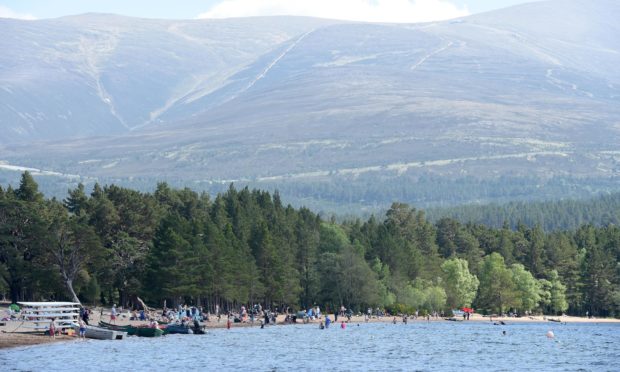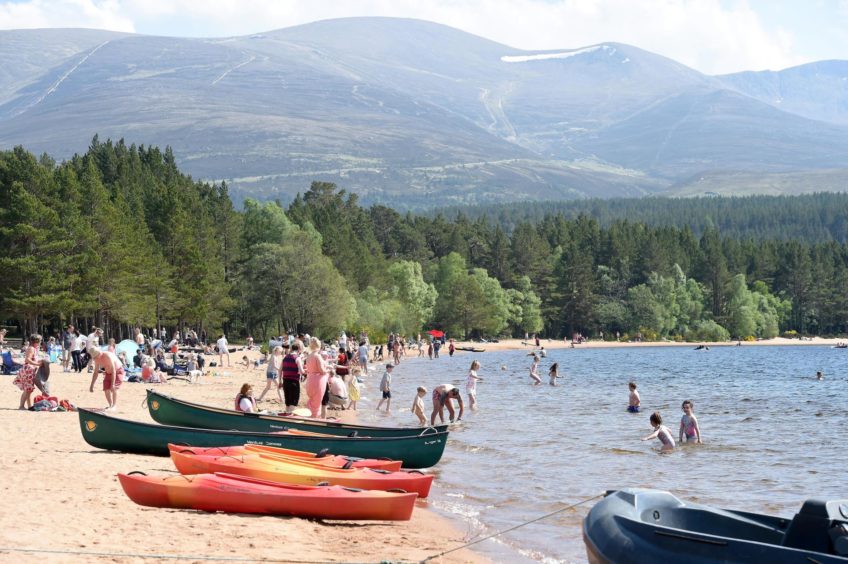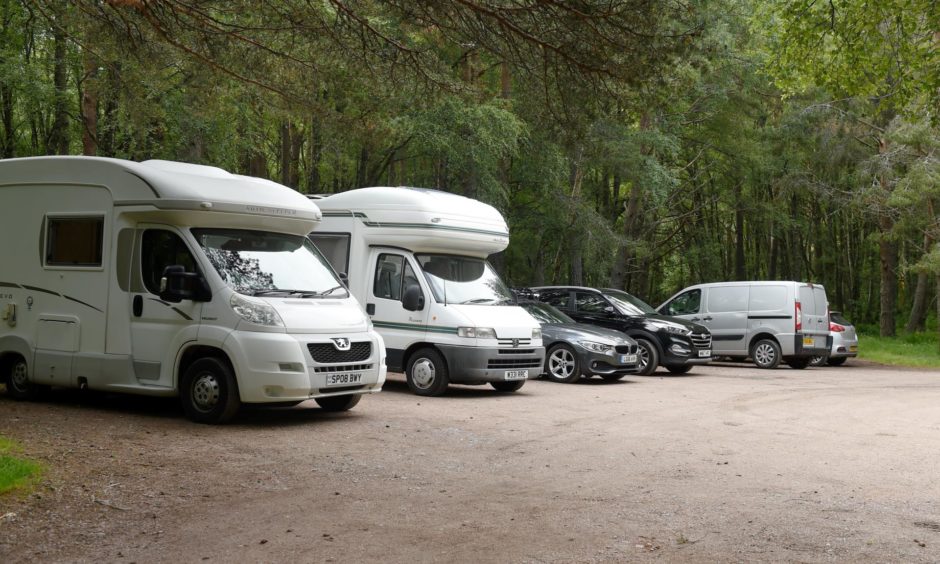Preparations are being made to increase the number of public toilets and parking spaces at Highland tourism hotspots ahead of an anticipated influx of visitors this summer.
Cairngorm National Park Authority (CNPA), Highland Council and Highlands and Islands Enterprise (HIE) have spelled out more detail on their plans in dealing with the hordes that are expected to descend once travel restrictions are eased on April 26.
Huge pressure was placed on the region’s tourism infrastructure when people were allowed to travel across the country last summer.
Bosses at CNPA have revealed they are adding to their seasonal rangers, who are going back out on patrol on April 2.
Pete Crane, CNPA head of visitor services, said: “As lockdown eases towards the end of April, we know that lots of people will want to spend time outdoors in the Cairngorms National Park.
“Those of us who live and work here want to ensure they have a safe and enjoyable visit, whilst respecting the needs of local communities.
“Over winter we’ve been working with partners around the national park to help visitors enjoy their trip responsibly.
“Car parks and toilets have been improved, variable road signs will be put in busy places letting people know what’s ‘full’, and we’ve added our own staff to the family of Cairngorms Rangers, meaning there will be over 35 people on the ground to offer some good advice on where best to go.”
There is also a new roadside path being provided from the Loch Morlich beach car park to Glenmore Lodge turn-off.
A 30mph speed limit is being introduced in Glenmore, and there will also be four road-slowing features.
Real-time internet linked counters are to be installed to provide visitor data. There are also plans for a Glenmore shuttle bus in July and August.
Meanwhile, Highland Council’s tourism committee has met to hear updates on how a £1.5 million package of funding to deal with tourism pressure is being progressed.
Recruitment is currently taking place for 10 seasonal rangers, costing £300,000. They will promote responsible behaviour and may also enforce regulations on litter, parking, fires and dog control.
A further £280,000 will go to the roads, with improved passing places and lay-bys, road signs, verge protection and traffic orders, while £250,000 will go towards car park charging.
The plan is for around 21 sites to be considered, with the employment of a further four temporary officers to enforce them.
HIE, meanwhile, said yesterday that more than 50 tourism-related community organisations across the region were using £1.59m of its funding to improve services.
Cafes, heritage centres, visitor attractions and community accommodation operators are among those upgrading facilities and introducing measures to safely welcome tourists back to their communities, with all the subsequent economic benefits this will bring.
Projects include community building upgrades, adaptations for kitchens and take-away points, outdoor seating, and public walkways.
Work is also being carried out on improving campervan waste disposal services, enhancing safe toilet provision, improving car and campervan parking, provision of charging points for electric vehicles and introducing E-bikes as a more sustainable way for visitors to explore destinations.
One of the projects is the Loch Ness Hub, a new community benefit company revitalising the former tourist information centre in Drumnadrochit.
The hub has an ambitious business plan to deliver wide-ranging tourism services, including a shuttlebus and baggage service.
Manager Russell Fraser said: “When we open we want to provide a one stop shop for visitors and locals to discover and enjoy our history, heritage, landscape, local products and services.”


